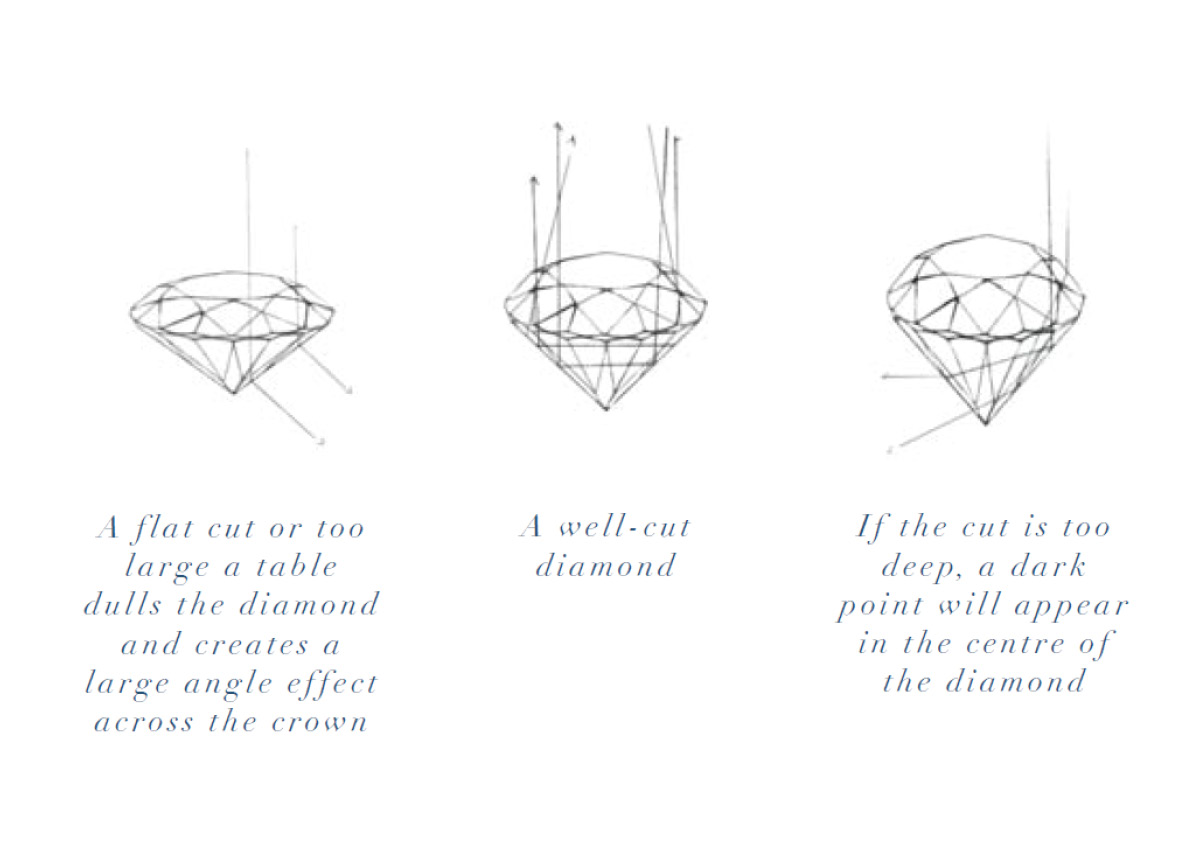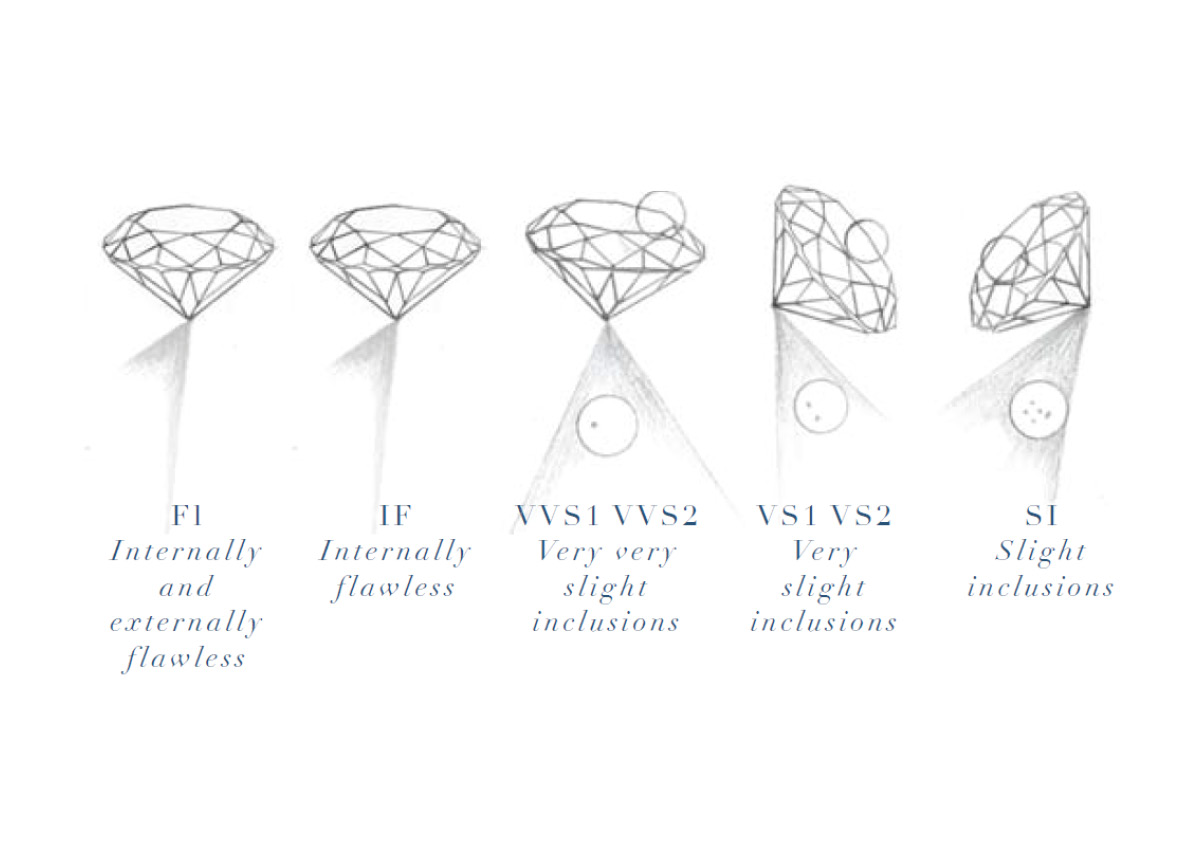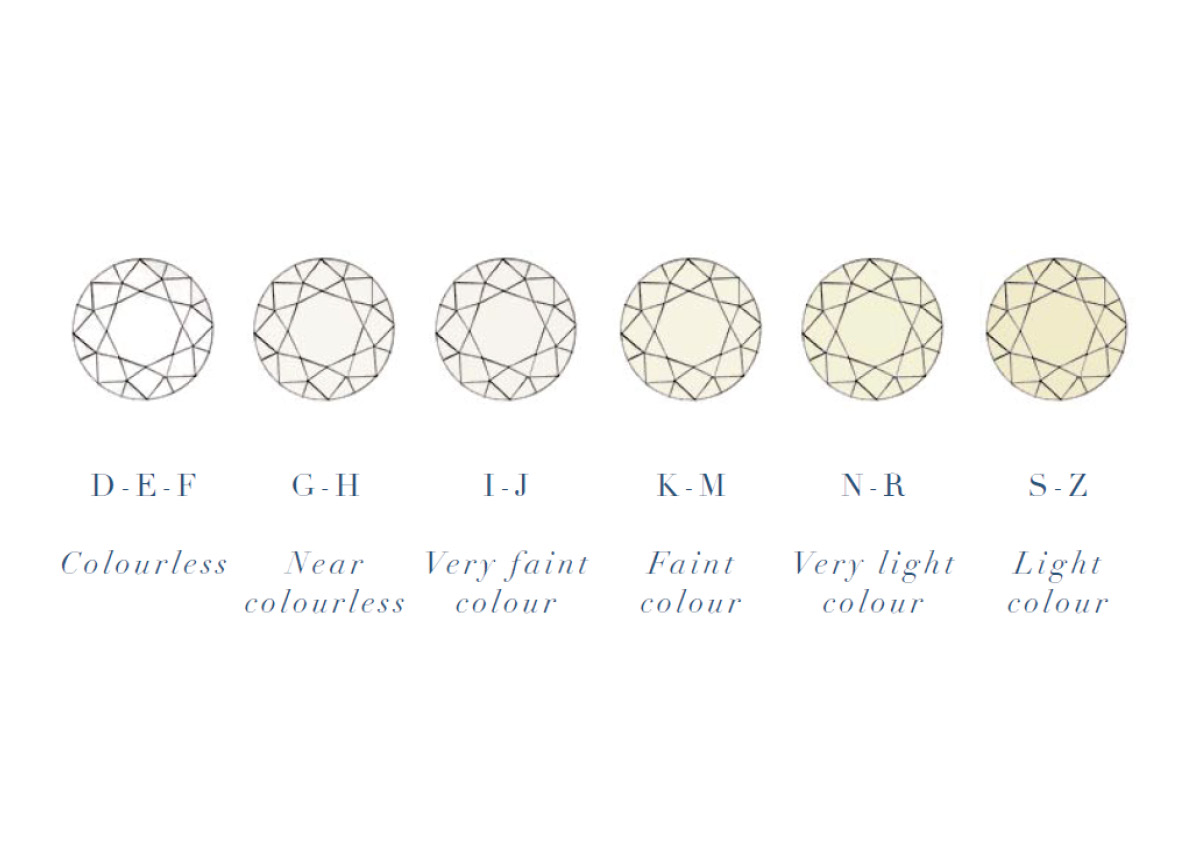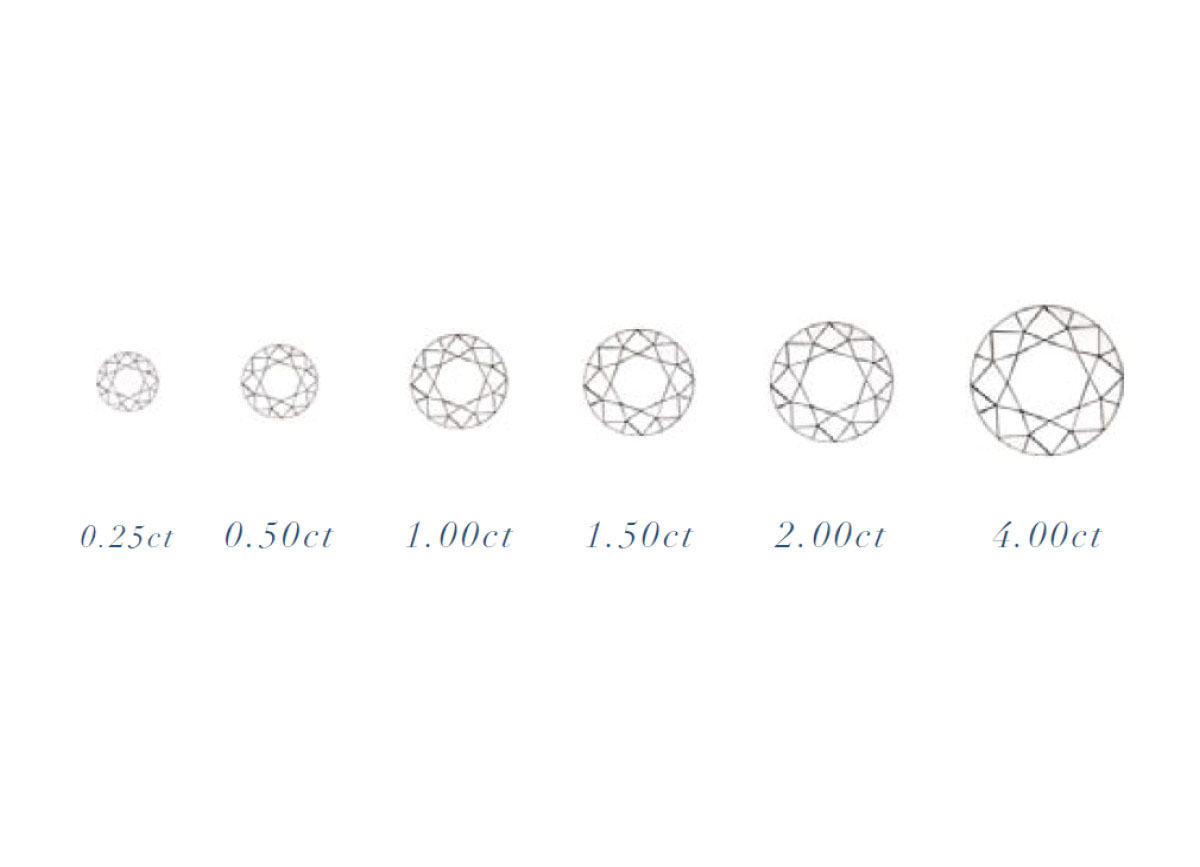
Search Products
Diamond Education
If you would ever come across a diamond in the rough, you would probably not even look at it twice. But if the same piece of brilliance was presented to you in all its shine, you would find it hard to put it down. This charm manifests only due to its characteristic beauty; beauty that can be handcrafted to perfection.Diamonds are known to make a long arduous journey before they reach your jewelry box. The story of a diamond begins 100-200 miles below the Earth's surface. Once the diamonds are found, the process to obtain them can be long and cumbersome. It is said that it takes more than 250 tons of ore to produce just 1 carat of rough diamond. The ore goes through different stages of blasting, crushing and processing to procure the diamonds.
Now that the rough diamonds have been released from the ore, they go through sorting and classification according to their shape, size, quality and colour. The finished gem is then boiled in acids to get rid of all dust and oil. The diamonds are now ready to go out into the world and be set into finished pieces of jewelry.
The 4Cs have since become the standard for describing a diamond’s specific characteristics. The combination of Cut, Colour, Clarity and Carat denote a diamond’s value and rarity.
CUT
A diamond’s brilliance is largely determined by its cut. An expertly-cut diamond with perfectly symmetrical and aligned facets will reflect light beautifully, leading to unrivalled brilliance. True expertise is required to create facets with perfect proportions that maximize light and increase a diamond’s signature sparkle.
A diamond’s overall proportions, as well as the size and placement of its many reflective surfaces or facets, also play a large part in “cut.” The consistency and balance of these can greatly affect how the stone captures light and reflects it back to the eye.
CLARITY
Diamonds are created by tremendous heat and pressure deep within the earth. This thoroughly organic process means that virtually all diamonds contain internal inclusions and surface blemishes. Diamonds with fewer of these characteristics are deemed to have a higher clarity, ranging from FL, or Flawless, to I, signaling a number of inclusions.
COLOUR
With the exception of some fancy coloured diamonds, the most valuable diamonds are those with the least colour. The colour scale for transparent diamonds runs from D-F (colourless), G-J (near colourless), K-L (faint yellow), to Z (light yellow). Completely colourless diamonds are rare.
When diamonds are formed with traces of other minerals, rare and beautiful colours can result. These “fancy” colours range from blue to brilliant yellow to red, brown, pale green, pink, and violet. Because of their rarity, coloured diamonds are highly desirable and may be quite valuable.
CARAT
Carat is a term that refers to the weight of a diamond. The word carat originates from the word ‘carob seeds’, a term that was used to measure the weight of the diamonds prior to the twentieth century. A carat is equal to 0.2 grams which is just about the weight of a single paper clip. A carat is completely unrelated to the word ‘Karat’ which sounds quite similar to it and refers to the purity of gold.
The size of a diamond is measured, not by its dimensions, but by weight. One carat, the traditional unit of measure for diamonds, is equal to approximately 0.2 grams. You may also hear the weight of a diamond referred to in points. A point is equal to 1/100 of a carat; therefore, a 75-point diamond equals 0.75 carat. Diamonds of equal weight may appear slightly different in size, depending on their depth and proportions. Because they are quite rare, larger diamonds of gem quality are much more valuable.
The cost and quality of diamonds depend on these 4Cs. One should consider all these factors before judging the right value of any diamond.


